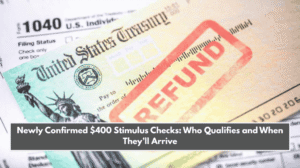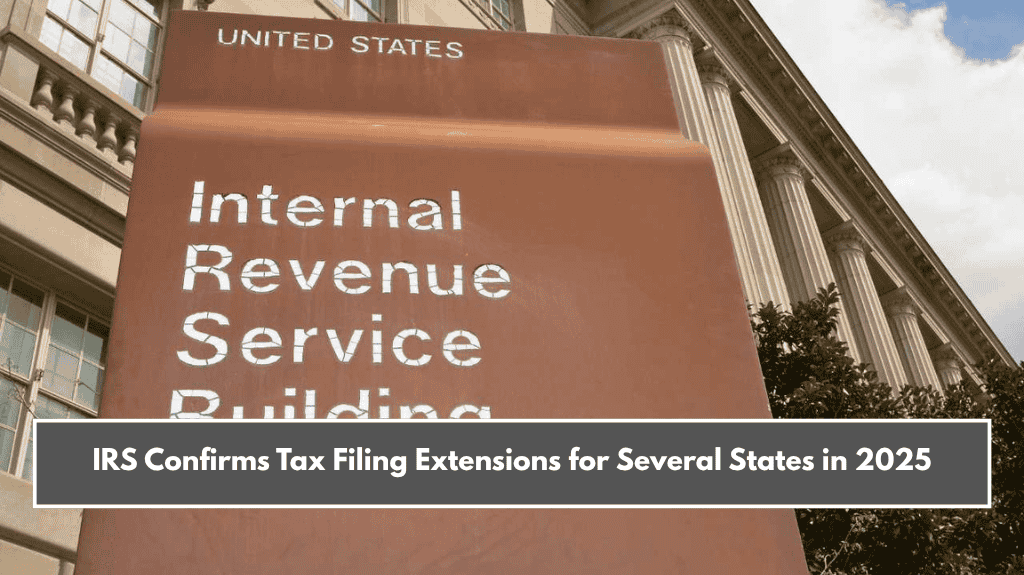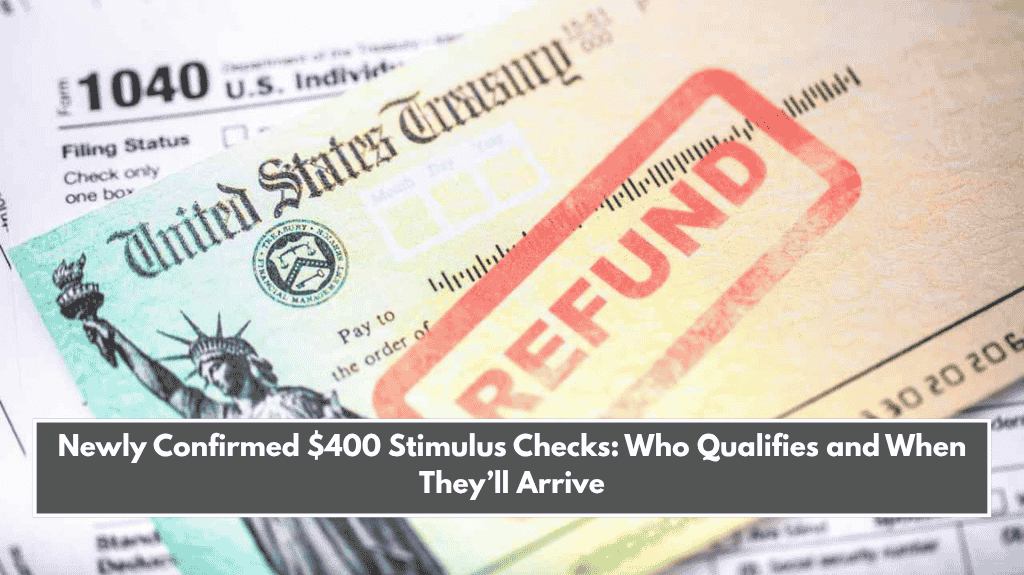Every year, thousands of people in the United States are fined by the IRS (Internal Revenue Service) for not filing their income tax returns on time. What may seem like a simple delay can result in big financial losses, including monthly penalties, added interest, and even legal trouble.
Whether you’re a salaried employee, a freelancer, a gig worker, or a business owner, it is your legal duty to file your taxes by the deadline. If you miss it, the IRS can charge you heavily—but the good news is that there are ways to avoid or even reduce the penalty.
Let’s take a closer look at who must file taxes, how much the penalty can be, and how you can protect yourself from it.
Who Has to File Taxes in the U.S.?
You must file a federal tax return if your income meets or crosses the filing threshold. This depends on your age, your income type (salary, rent, freelance), and your filing status (single, married, head of household, etc.).
Businesses must also file their taxes, including:
- C Corporations (Form 1120)
- Partnerships (Form 1065)
- S Corporations (Form 1120-S)
- Sole Proprietors (Form 1040 with Schedule C)
If your business earns, even if it is a small one, you are expected to file, even if you are not making a profit yet.
What Are the Penalties for Not Filing Taxes?
If you don’t file your taxes on time, the IRS can charge a 5% penalty of the unpaid tax amount per month, up to a maximum of 25%.
There is also a minimum penalty if the delay is more than 60 days. These are the penalty amounts by year:
- After Dec 31, 2024: $510
- 2024: $485
- 2023: $450
- 2020–2022: $435
- 2018–2019: $210
If both failure-to-file and failure-to-pay apply, the IRS will reduce the filing penalty slightly to avoid charging the full rate for both issues.
Penalties are calculated based on your unpaid taxes minus any payments or tax credits you claimed on time.

How to Avoid or Lower an IRS Penalty
The easiest way to avoid a penalty is to file your tax return before the deadline, even if you can’t pay the full amount. Filing protects you from the late-filing penalty, which is higher than the late-payment penalty.
If you already received a penalty notice, here’s what you can do:
- Pay the full penalty to stop extra interest from building
- Request penalty relief by proving you had a valid reason (like a medical emergency, natural disaster, or wrong advice from a tax expert)
- Set up a payment plan if you can’t pay everything at once
- Dispute the penalty by mailing a signed letter and documents to the address mentioned in the IRS notice
If you suspect you owe a penalty but haven’t received any notice, it’s best to contact the IRS directly. They may help you resolve the issue before it gets worse.
When Can You Get Relief From a Penalty?
You may qualify for penalty relief if you have a reasonable cause or if this is your first mistake. Some valid reasons include:
- Serious illness
- Natural disasters
- Records destroyed
- Dependence on wrong professional advice
You’ll need to submit proof or explanation to show why you couldn’t file or pay on time.
Not filing your tax return on time can cost you a lot, with penalties reaching up to $510 in 2025. Even if you can’t pay everything now, it’s important to file your return on time to avoid bigger problems later.
If you do get fined, explore your options: you might be eligible for relief, a payment plan, or even a complete waiver depending on your situation. Stay ahead of deadlines, keep your documents in order, and don’t hesitate to get help from the IRS or a tax advisor if needed.















